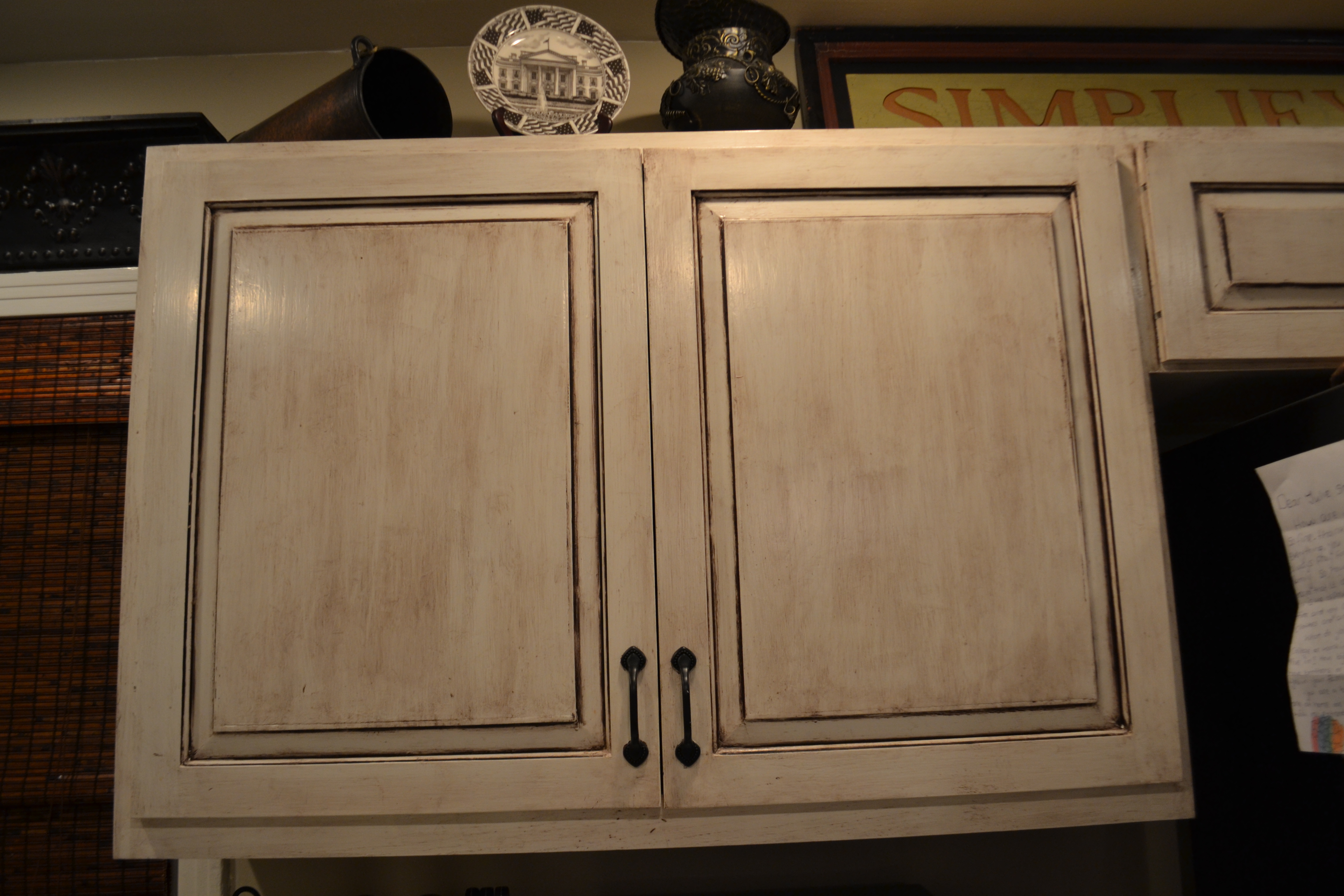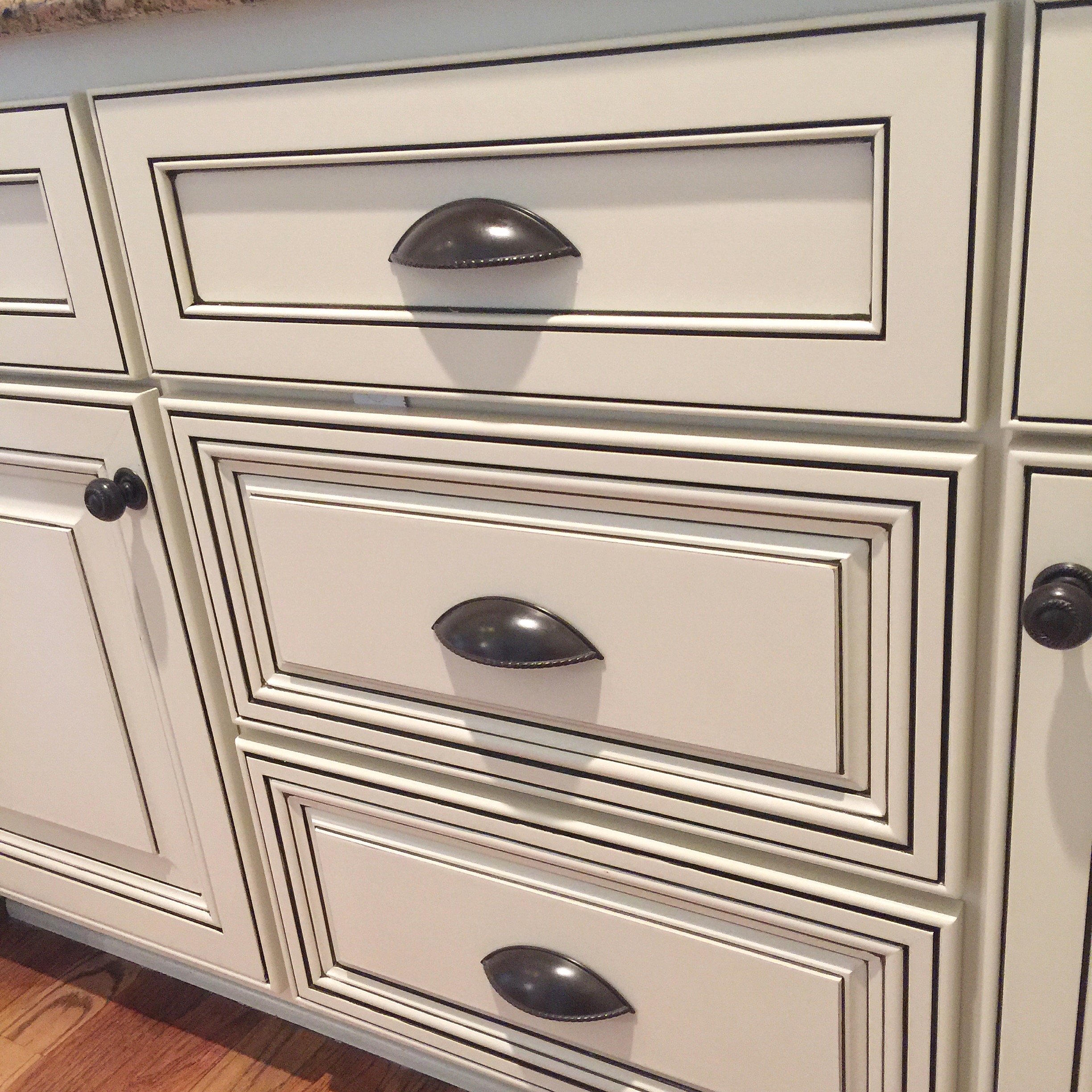Choosing the Right Glaze: How Do I Glaze Painted Kitchen Cabinets

Glazing your kitchen cabinets can add depth, dimension, and a touch of elegance to your space. But choosing the right glaze is crucial for achieving the desired look and ensuring durability. Understanding the different types of glazes available will help you make an informed decision.
Types of Glazes
There are three main types of glazes commonly used for kitchen cabinets: oil-based, water-based, and lacquer-based. Each type has its own advantages and disadvantages, which we’ll explore in detail.
Oil-Based Glazes
Oil-based glazes are known for their durability and rich, deep color. They are typically solvent-based, meaning they contain volatile organic compounds (VOCs), which can be harmful if not handled properly. However, their strong odor and long drying time can be a drawback.
- Durability: Oil-based glazes offer excellent durability, making them a good choice for high-traffic areas like kitchens.
- Ease of Application: While oil-based glazes are typically thicker than water-based ones, they can be easier to apply and blend for a more natural look.
- Drying Time: Oil-based glazes require a longer drying time, typically 24-48 hours, before they can be sealed or touched.
Water-Based Glazes
Water-based glazes are becoming increasingly popular due to their low VOC content, making them a more environmentally friendly option. They are also easier to clean up and have a shorter drying time compared to oil-based glazes. However, they may not be as durable as oil-based glazes.
- Durability: Water-based glazes are generally less durable than oil-based glazes, but advancements in technology have led to more durable options.
- Ease of Application: Water-based glazes are typically thinner than oil-based glazes, which can make them easier to apply evenly.
- Drying Time: Water-based glazes dry much faster than oil-based glazes, often within a few hours.
Lacquer-Based Glazes
Lacquer-based glazes are known for their high gloss finish and durability. They are often used for high-end furniture and cabinets, but they are more expensive and require specialized application techniques.
- Durability: Lacquer-based glazes are highly durable and resistant to scratches and stains.
- Ease of Application: Lacquer-based glazes are typically sprayed on, which requires specialized equipment and experience.
- Drying Time: Lacquer-based glazes dry quickly, often within minutes, but they require careful handling to avoid dust and debris.
Popular Glaze Brands
Several reputable brands offer a wide range of glazes for kitchen cabinets. Some popular options include:
- Minwax: Known for its wide variety of colors and finishes, Minwax offers both oil-based and water-based glazes.
- General Finishes: General Finishes offers high-quality glazes with a focus on durability and ease of application.
- Sherwin-Williams: Sherwin-Williams offers a comprehensive range of glazes, including custom-matched colors and finishes.
Choosing the Right Glaze Color and Sheen
The glaze color and sheen should complement the existing cabinet paint and overall kitchen design. Consider these tips:
- Color: Choose a glaze color that is slightly darker or lighter than the cabinet paint, or a contrasting color for a bolder look.
- Sheen: The sheen of the glaze will affect the final look. A matte finish will create a subtle, understated effect, while a glossy finish will add shine and depth.
Preparing Your Cabinets

Before you can start glazing, your cabinets need to be prepped for a flawless finish. This step is crucial, as a properly prepared surface ensures the glaze adheres evenly and creates a professional-looking result.
Cleaning
Cleaning your cabinets removes dust, grease, and other contaminants that can interfere with the glaze’s adhesion. This step is crucial for a smooth, even finish.
- Use a mild detergent and warm water to clean the cabinet surfaces. Avoid harsh chemicals that can damage the paint.
- Rinse the cabinets thoroughly with clean water to remove all traces of detergent.
- Dry the cabinets completely with a soft cloth.
Sanding
Sanding helps create a smooth surface and improves the glaze’s adhesion. This step is particularly important for cabinets with imperfections or uneven paint finishes.
- For most cabinets, use fine-grit sandpaper (180-220 grit) to smooth out any rough areas or imperfections.
- If your cabinets have glossy paint, use a sanding block with medium-grit sandpaper (120-150 grit) to roughen the surface for better glaze adhesion.
- Sand with the grain of the wood to avoid creating scratches.
- Remove dust from sanding with a tack cloth or damp cloth.
Masking
Masking helps protect areas you don’t want to glaze, like hardware, hinges, and surrounding walls. This step is essential for a clean and precise finish.
- Use painter’s tape to mask off areas that should not be glazed.
- Apply tape carefully, pressing down firmly to ensure a tight seal.
- Consider using a utility knife to cut the tape for a more precise fit around intricate details.
Supplies Checklist, How do i glaze painted kitchen cabinets
Having the right supplies on hand will ensure a smooth and efficient preparation process.
- Mild detergent
- Warm water
- Soft cloths
- Sandpaper (fine-grit and medium-grit)
- Sanding block
- Tack cloth
- Painter’s tape
- Utility knife
Applying the Glaze

Now that your cabinets are prepped and you’ve chosen your glaze, it’s time to get your hands dirty. Applying glaze is the fun part, allowing you to create unique finishes and transform your cabinets from bland to bold. But before you dive in, let’s explore the different methods and techniques for applying glaze to achieve the desired look.
Applying Glaze with Different Techniques
The method you choose for applying glaze will significantly impact the final appearance. Here are the most common techniques:
- Brushing: This technique is best for achieving a smooth, even finish. It’s ideal for creating a subtle, almost imperceptible glaze effect.
- Use a natural bristle brush, as synthetic brushes can leave streaks.
- Apply a thin coat of glaze in the direction of the wood grain.
- Work quickly and evenly, blending the glaze as you go.
- Sponging: Sponging creates a more textured and uneven finish, perfect for achieving a distressed or antiqued look.
- Use a natural sea sponge or a foam sponge.
- Dab the sponge lightly into the glaze, then apply it to the cabinet surface in a random pattern.
- Be careful not to overload the sponge, as this can create an uneven finish.
- Wiping: Wiping is a technique used to create a more subtle, even finish, often for a layered look.
- Use a clean, lint-free cloth.
- Apply a thin layer of glaze to the cabinet surface.
- Immediately wipe the glaze with the cloth, removing most of it and leaving a thin, even layer behind.
Achieving Specific Glaze Effects
The application technique you choose will significantly impact the final appearance of your glazed cabinets. Here are some common effects you can achieve:
- Distressed: This look creates a worn and aged appearance, often achieved by applying glaze with a sponge and then wiping it off in areas where wear would naturally occur.
- Apply glaze with a sponge, focusing on edges, corners, and areas where the cabinet would naturally receive wear.
- Use a damp cloth to wipe away some of the glaze, creating a distressed look.
- Antiqued: This technique creates a more subtle, aged look, often achieved by applying glaze with a brush and then wiping it off in areas where the glaze would naturally collect.
- Apply glaze with a brush, focusing on corners, crevices, and areas where the glaze would naturally pool.
- Use a damp cloth to wipe away some of the glaze, creating a subtle antiqued look.
- Layered: This technique involves applying multiple layers of glaze, each with a different color or intensity, to create a more complex and dimensional finish.
- Apply a base layer of glaze with a brush, sponge, or cloth.
- Allow the base layer to dry completely before applying the next layer.
- Use different colors and techniques to create depth and dimension.
Step-by-Step Guide for Applying Glaze
Here is a step-by-step guide for applying glaze to your cabinets:
- Prepare your workspace. Cover your work area with drop cloths to protect your floors and surrounding surfaces.
- Make sure your cabinets are clean and dry before applying glaze.
- Wear gloves and a mask to protect yourself from dust and fumes.
- Choose your glaze and application technique. Select a glaze that complements your cabinet color and the desired effect. Choose an application technique that suits your skill level and desired finish.
- Consider the type of glaze you’re using. Some glazes are water-based, while others are oil-based. This will impact drying time and cleaning.
- Practice applying the glaze on a scrap piece of wood before applying it to your cabinets.
- Apply the glaze. Apply a thin, even layer of glaze to your cabinets using your chosen technique.
- Work in small sections, blending the glaze as you go.
- Be sure to apply glaze to all surfaces, including the edges and corners.
- Wipe away excess glaze. Immediately after applying the glaze, use a clean, lint-free cloth to wipe away any excess glaze.
- The amount of glaze you remove will determine the intensity of the finish.
- Wipe in the direction of the wood grain for a more natural look.
- Allow the glaze to dry completely. Drying time will vary depending on the type of glaze and the humidity level.
- Avoid touching the glaze until it is completely dry.
- Follow the manufacturer’s instructions for drying time.
- Apply a sealant. Once the glaze is dry, apply a sealant to protect the finish and make it more durable.
- Choose a sealant that is compatible with your glaze.
- Apply the sealant according to the manufacturer’s instructions.
Recommended Glaze Application Techniques
Here is a table outlining the recommended glaze application techniques for different types of glazes and desired effects:
| Glaze Type | Desired Effect | Recommended Application Technique | Water-based | Subtle, even finish | Brushing | Oil-based | Distressed, antiqued | Sponging | Clear | Layered, dimensional | Wiping | Colored | Bold, dramatic | Brushing or sponging |
|---|
How do i glaze painted kitchen cabinets – Transforming your kitchen cabinets with a glaze can be a rewarding project, adding depth and dimension to your space. But just like you might consider adding a touch of personality with anime curtains for bedroom to create a unique and vibrant atmosphere, the right glaze can give your cabinets a captivating new look.
So, grab your brushes, choose your glaze, and let’s create a kitchen that reflects your personal style!
Glazing painted kitchen cabinets can add a touch of elegance and depth, but it’s crucial to ensure a solid foundation. Before you even think about picking up a glaze brush, make sure you’re not dealing with a more serious issue like latex paint peeling off cabinets.
Peeling paint can ruin your glazing project, so tackle that problem first. Once your cabinets are prepped and ready, you can unleash your creative spirit and transform your kitchen with the subtle beauty of glaze.
